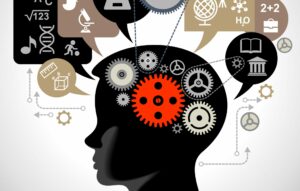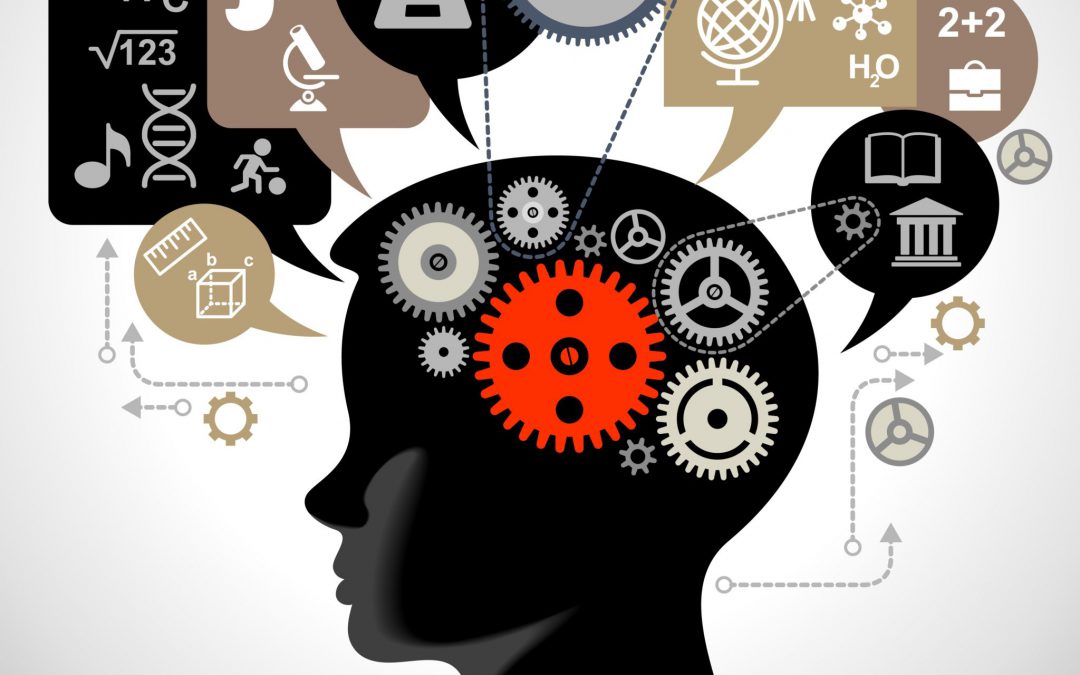
Creativity in action.
My habit over the past twenty years or more was to go for a walk in the morning with my writing tools tucked inside a computer bag, thinking along the way about the article I was to write that morning. When I reached my destination – a coffee shop about twenty minutes from my home, I would take out my pad and pen, and amazingly I would complete the article without difficulty in the span of 30 minutes or so. It had almost written itself in my mind as I had been walking.
I originally thought it was the fresh air, relaxed state of mind, and the free time available to think about the topic that made the ideas and thoughts flow so easily.
But it was actually the body movement. Our creative ability is enhanced by walking, exercise or even simply gesturing. As expressed by Sean Beilock in her book, How the body knows the mind, (Atria Books, 2015) “moving the body can alter the mind by unconsciously putting ideas in our head before we are able to consciously contemplate them on our own.”
Movement can help us to solve problems and even increase productivity. And it’s one of the keys to remembering long lists of information in workshops through the storytelling, thinking and association techniques that we teach. (See my ebook, Boost your memory and strengthen your mind, published by Bookboon.com.
Moving your body can actually change how you think. Whether you are an actor rehearsing lines, a speaker memorizing a speech or a student recalling facts, when you include motion either physically or in your mind during the memorizing process, it makes memory and recall easier.
You have no doubt heard the expression “thinking outside the box” when talking about creativity. Well, researchers at Cornell University actually had volunteers sit inside a huge box while solving problems. They were outperformed by others walking freely outside the box. So resist the impulse to sit at your desk when solving a problem. And don’t sit around a boardroom table when brainstorming new ideas in your company. Research appears to substantiate the wisdom of stand-up meetings from more than simply a time management perspective.
The neurotransmitter, dopamine, which declines with age, plays a role in creativity, and exercise helps to slow or prevent this decline. So keep active your entire life; because if you’re idle, your mind may be idle as well. By managing your body, you are helping to manage your brain as well; because the body and the brain work in tandem.
This doesn’t mean you won’t get ideas while working at your desk as well. Ideas could flash through your mind and then disappear while you are busy working on a project. It’s a good idea to capture those thoughts immediately – either in a journal, smart phone or booklet – something more substantial than a scrap of paper that could itself disappear.
For example, we have a “Back Burner” page at the back of our Taylor Planner where we can quickly jot down those fleeting thoughts before continuing with the task at hand. The Daily Priority Pad also has a section for these ideas. Creativity frequently happens when you’re busy doing something else. You can see both of these items at our website, taylorintime.com.
By the way, I still take that walk – sometimes varying the route and coffee shop. I still write the article, or book chapter or whatever longhand, in cursive writing – perhaps from habit – but I do believe it is also good exercise for the brain. Then I dictate it to my computer when I get home – using voice-activated software.


Recent Comments